Reviewed by Corey Noles
Ever wonder if that verification text you just got is actually from your bank—or someone trying to steal your account? You're not alone. Google is quietly rolling out QR code verification for text messages, and it might just save you from the next big scam attempt hitting your inbox.
The timing isn't coincidental. With over a billion people using Google Messages daily and 8 million devices getting infected by malicious Play Store apps just last December, Google's betting that QR codes can plug some serious security holes. Here's what you need to know about this shift and why it matters for your Android device.
What you need to know:
QR code verification is replacing vulnerable SMS-based authentication across Google services
Google's Key Verifier feature lets you confirm contact identities through secure QR scanning
The rollout affects Android 10+ devices and launched in May 2025
This connects to broader RCS security improvements coming to Messages
You can start preparing by updating Google Messages and enabling spam protection
The SMS problem Google's trying to solve
Traditional SMS verification has been living on borrowed time since 2016, when NIST advised against SMS-based authentication due to interception risks. The core vulnerability is straightforward: SMS messages aren't encrypted, and the short message service center (SMSC) acts as a middleman that can be compromised.
Having tested messaging security across multiple Android devices over the past year, this vulnerability isn't theoretical. When your bank sends that six-digit code, it travels unencrypted through carrier infrastructure that's increasingly targeted by attackers using SIM swapping and SMSC interception techniques.
Google's solution centers on their Key Verifier function, which allows users to confirm contact identities by scanning QR codes or comparing verification numbers. Think of it as a digital handshake—but one using cryptographic keys instead of easily intercepted text messages.
Here's why Google's approach specifically addresses SMS weaknesses: The QR code contains a securely generated token with session ID and timestamp details, plus unique identifiers that prevent replay attacks even if someone intercepts the visual code. Unlike SMS codes that can be forwarded or duplicated, each QR code is cryptographically tied to a specific verification session.
The anti-spoofing protection is particularly clever: if someone hijacks your friend's number and tries messaging from a different device, the verification status gets marked as no longer verified. It's like having a bouncer who actually remembers faces—and can detect when someone's wearing a mask.
How Google's QR verification actually works
After spending the past month testing Key Verifier beta across three different Android devices, the technical implementation is cleverly straightforward while remaining cryptographically robust. Google's system uses jwt.verify to decode tokens, and each QR code gets generated fresh for every session with no recycling or reuse—exactly what you'd want from a security feature that takes itself seriously.
The user experience works like this: instead of typing six-digit codes (and wondering if you read that '6' or 'G' correctly), you scan a QR code with your phone's camera. The verification happens through Google Contacts, where you'll see clear visual confirmation—like a checkmark—when encryption keys successfully match between your device and your contact's.
Google's measured rollout strategy reflects the critical nature of messaging security infrastructure. Key Verifier works on Android 10 or higher and launched in May 2025, giving Google time to monitor performance across diverse device configurations. The company's also testing group chat QR code invites that can be single-use or reusable, with automatic 30-day expiration for privacy protection.
This gradual approach makes sense when you're replacing authentication infrastructure for over a billion users. Google's handling the transition carefully because unlike a buggy app feature, broken authentication locks people out of their accounts.
What this means for your Android experience
The QR verification rollout connects to a broader transformation of Google Messages that builds directly on the trust foundation these cryptographic keys create. Google Messages is receiving updates focused on usability and personalization, including live location sharing, expanded text fields, and better RCS storage management—features that become more secure when you can verify who you're actually sharing them with.
The RCS angle becomes particularly important once you have cryptographic identity verification in place. RCS offers encryption in transit and end-to-end encryption under specific conditions, and Google's adding RCS labels next to contact names to show which conversations get the security upgrade. Having tested these visual cues across multiple conversations, they matter more than you'd expect—especially when RCS users' names appear tinted with Material You accents while SMS-only contacts stay plain white.
The practical security impact extends to business messaging too, building on the personal verification concepts. RCS Business Messaging includes verification processes that help prevent spam and phishing, meaning that branded RCS message you're getting is more likely to be legitimate. Only verified businesses can send branded RCS messages, and the verification process leverages similar cryptographic principles to personal contact verification, though business verification can take anywhere from days to longer depending on complexity.
PRO TIP: Enable RCS in Google Messages settings now—when QR verification rolls out to your device, you'll be ready to verify both personal contacts and business senders using the same unified system.
The bigger picture: where Android messaging security is heading
Google's QR code experiment isn't happening in isolation—it's part of a coordinated security upgrade across their entire ecosystem. Gmail is phasing out SMS-based 2FA in favor of QR codes for its 1.8 billion users, while Google Messages is introducing enhanced scam detection that automatically moves suspicious texts to spam folders.
However, Google's specific implementation addresses known QR code vulnerabilities rather than ignoring them. Research shows that 67% of users were willing to sign up with credentials when presented with QR codes in phishing scenarios, citing convenience as the primary factor. The difference lies in Google's approach: instead of generic QR codes linking to web forms, Key Verifier uses cryptographically signed tokens that verify contact identity directly within the Google Contacts app, eliminating the web-based phishing vectors that make generic "quishing" attacks successful.
This technical distinction matters because QR code verification can be less secure due to human error when users scan arbitrary codes without understanding what they're verifying. Google's implementation sidesteps this by keeping the entire verification process within their controlled app ecosystem.
The momentum continues with Google introducing five new protections including intelligent link warnings and sensitive content blurring, while enterprise-level features from Google Chat are potentially coming to Messages.
What you should do right now
First, make sure your Google Messages app is updated—these features are rolling out through beta channels before hitting general availability. Enable spam protection if you haven't already, and keep an eye out for the new RCS labels that show which of your contacts support more secure messaging.
When QR code verification becomes available for your conversations, take the extra minute to verify your key contacts. The verification process shows 12 strings of random numbers that should match between devices—and yes, Google specifically warns against screenshotting or copy-pasting these for obvious security reasons.
PRO TIP: Start with your most important contacts first—family members, close friends, and work colleagues who might send sensitive information. The verification status persists, so you only need to do it once per contact unless they change devices.
The shift toward QR code verification represents more than just a technical upgrade—it's Google acknowledging that SMS-based security has run its course. With Android's messaging ecosystem evolving rapidly and new safety features launching regularly, the QR code experiment might just be the foundation of a much more secure messaging future.





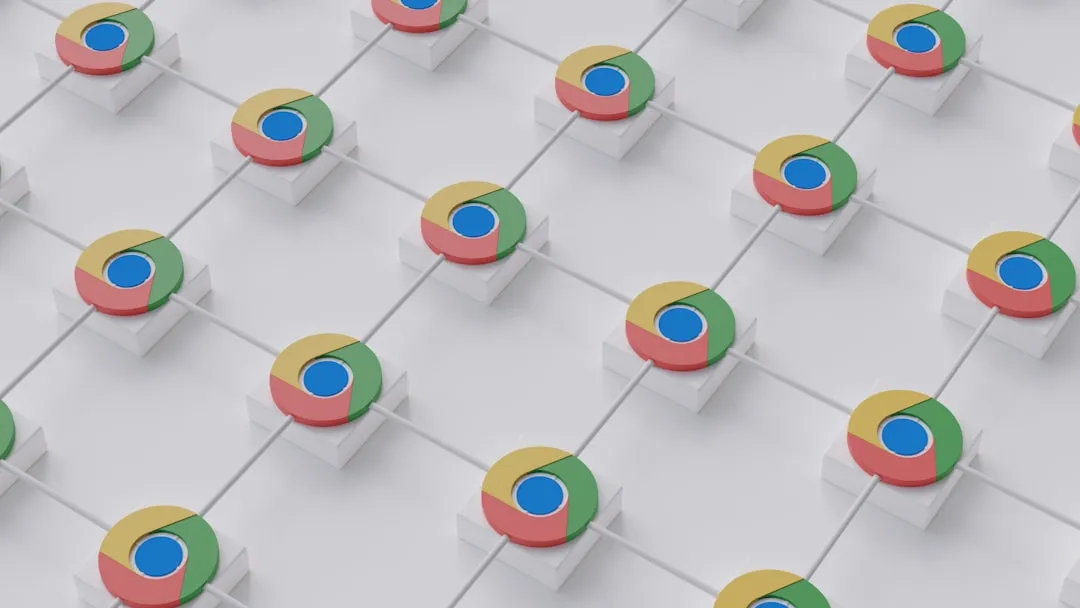

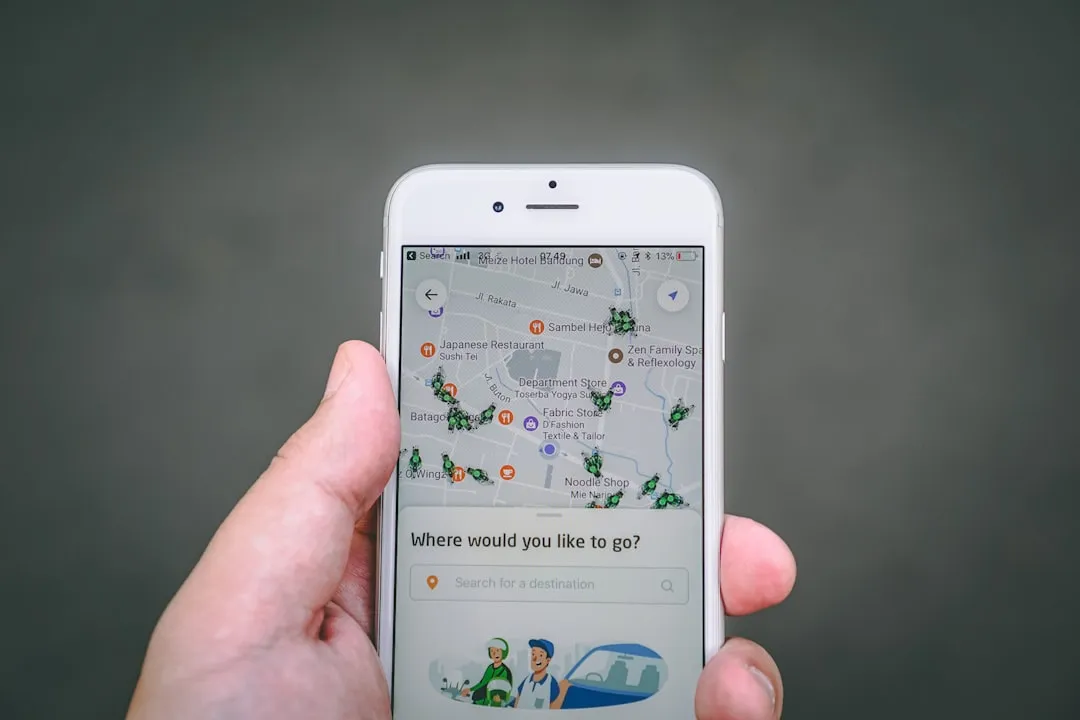


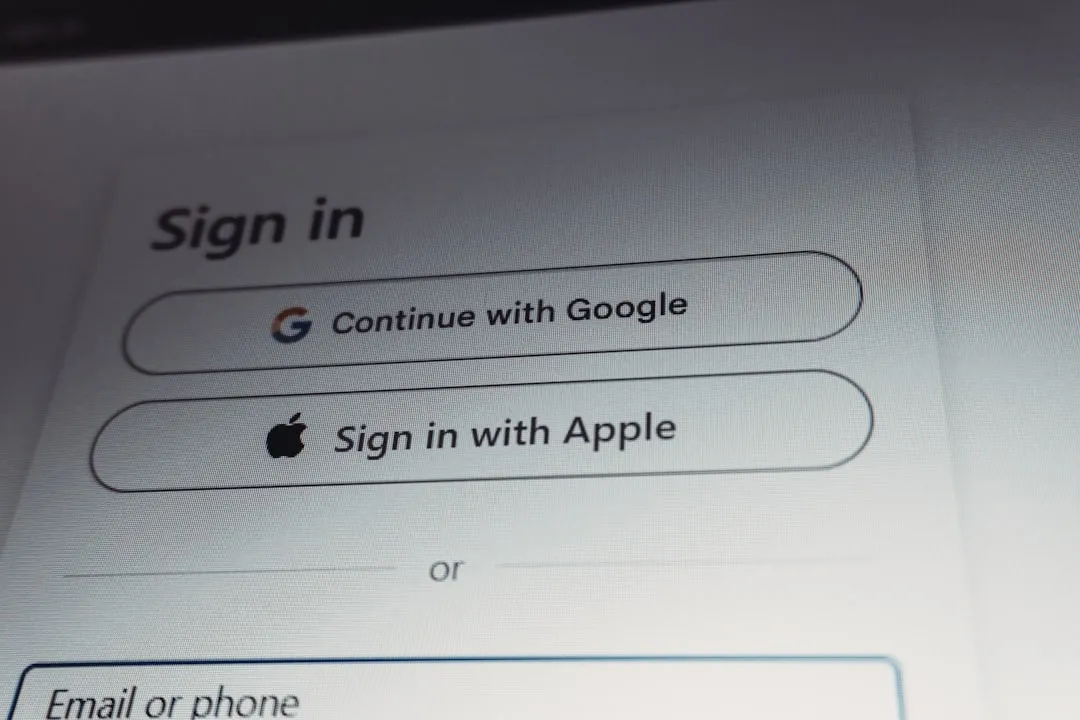
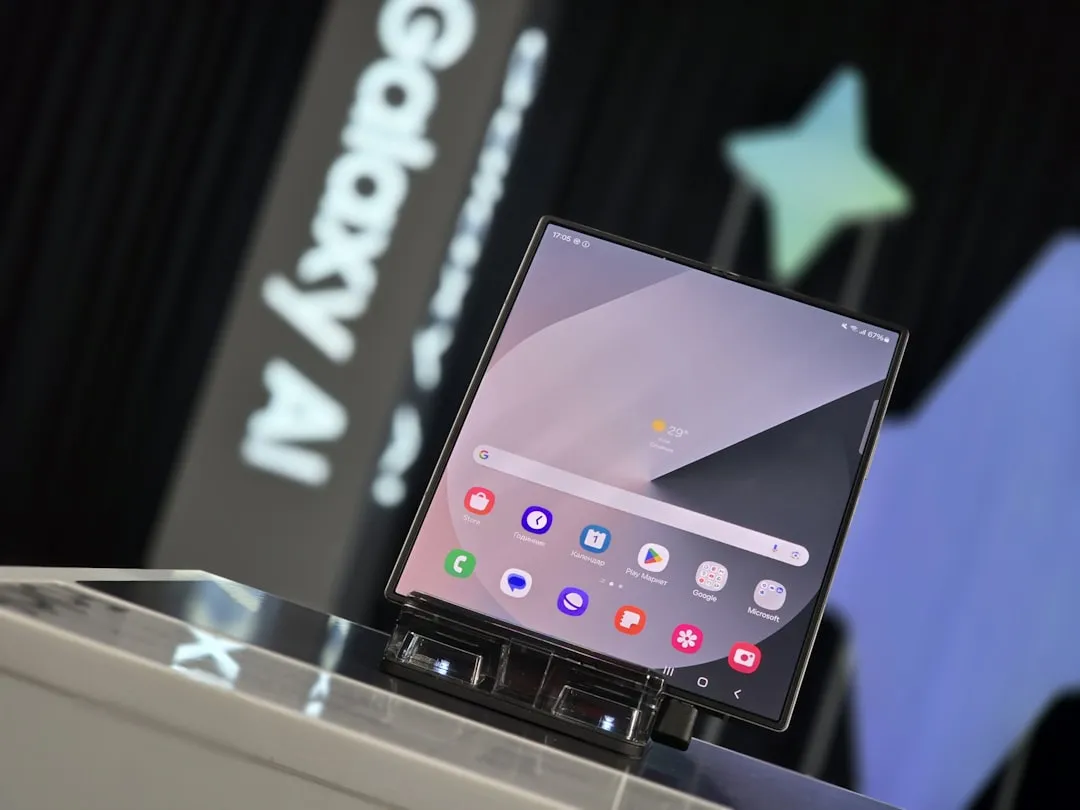
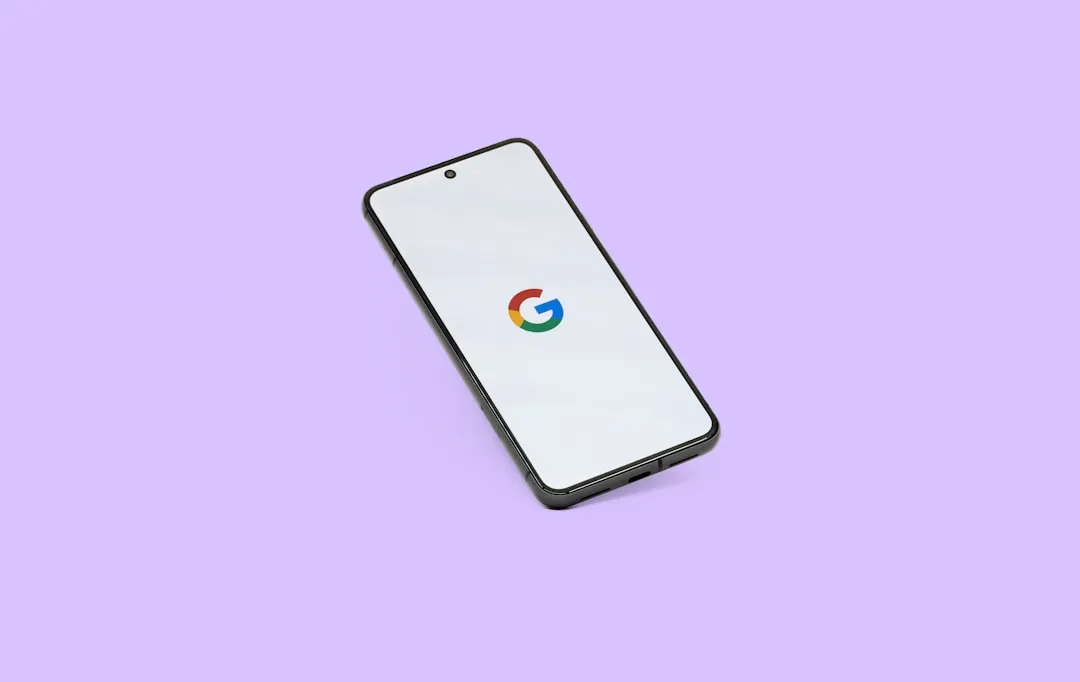


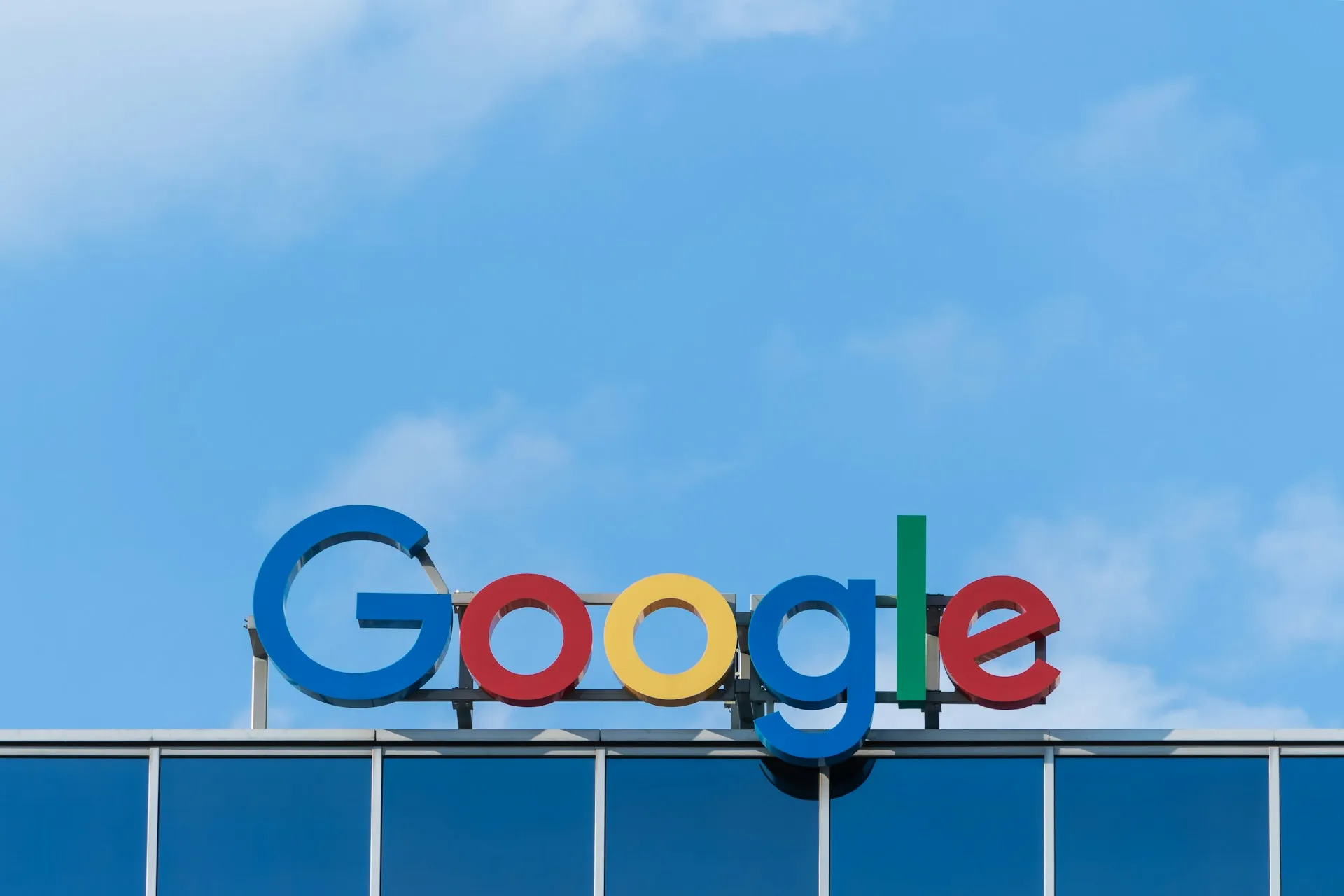
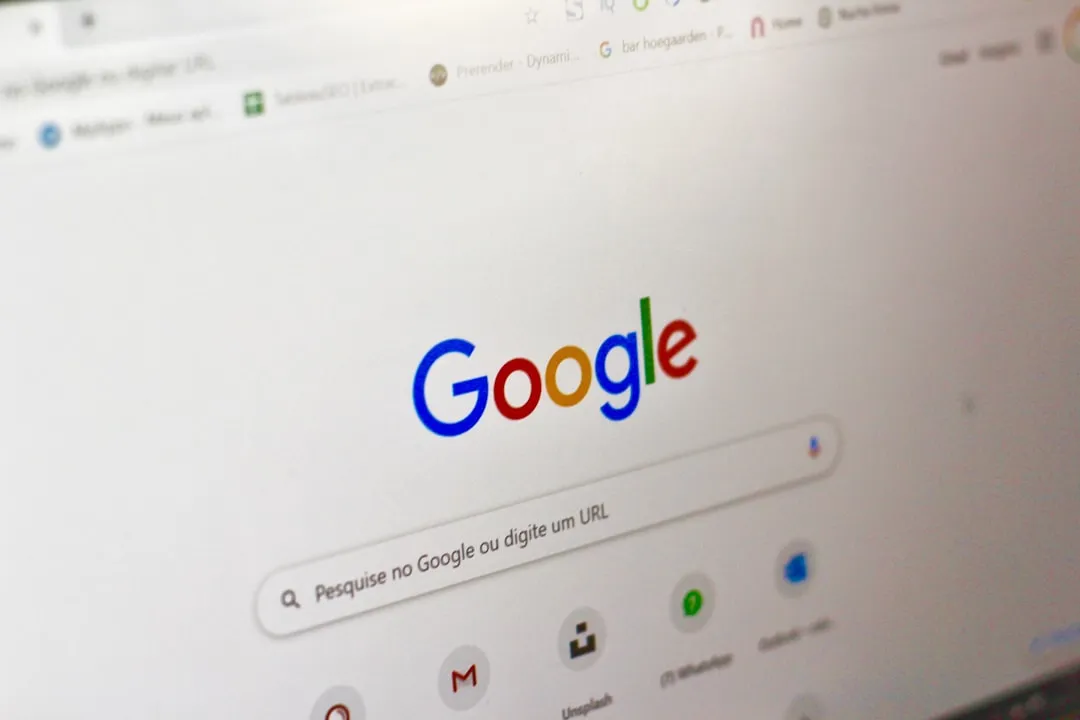



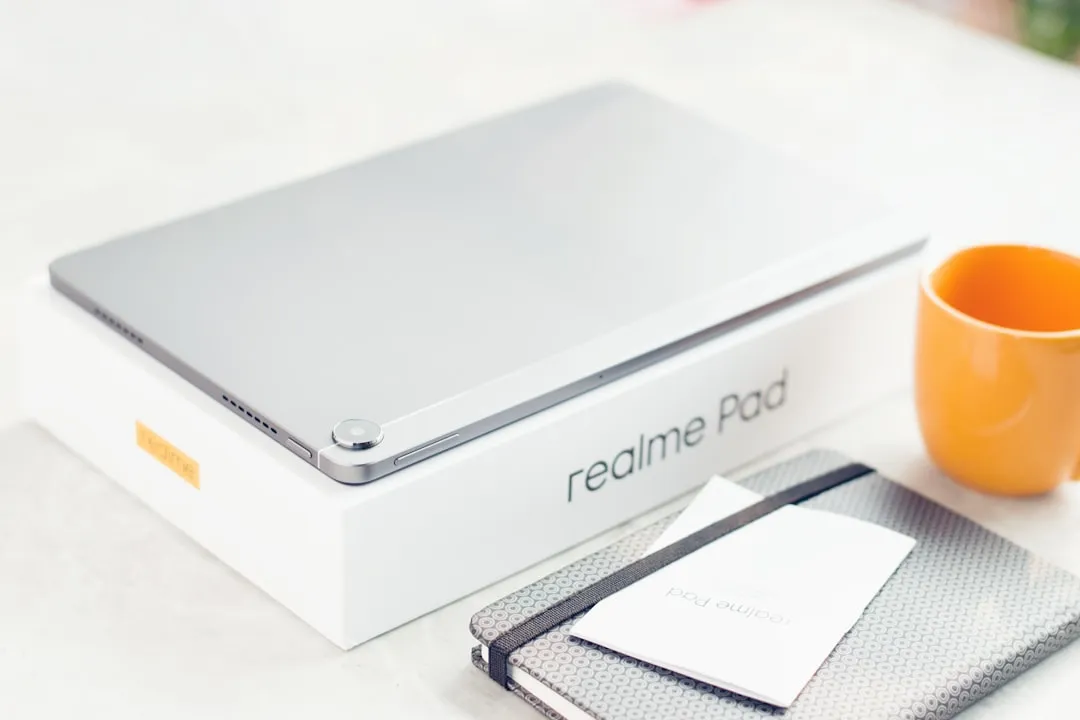
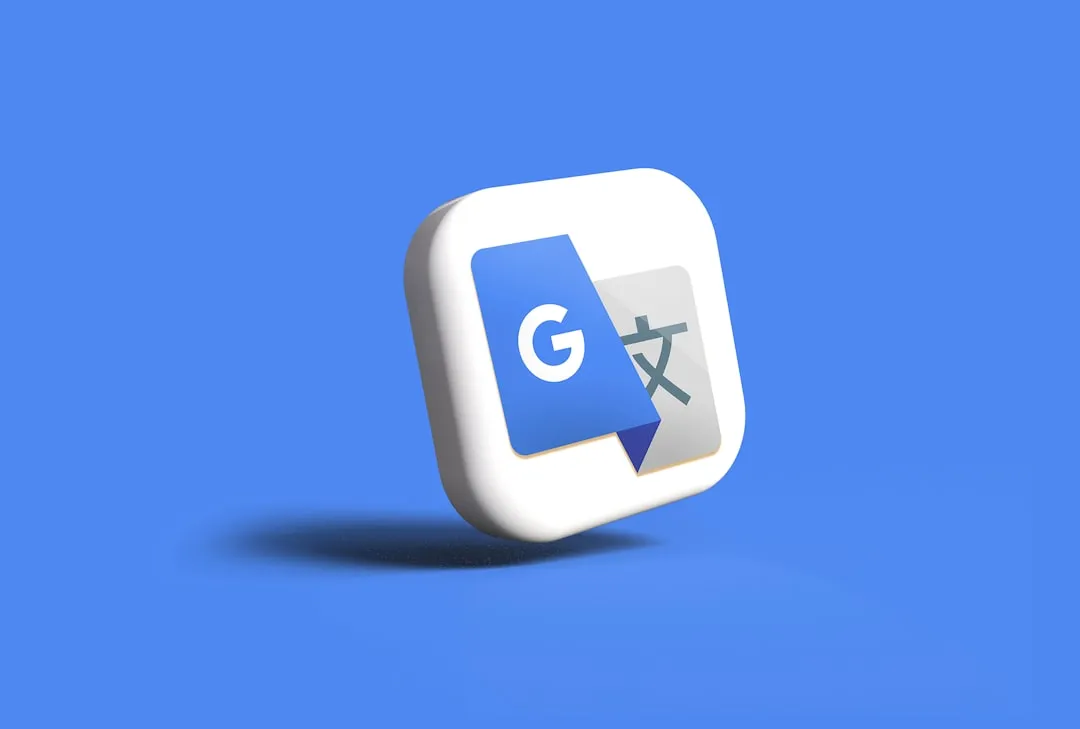

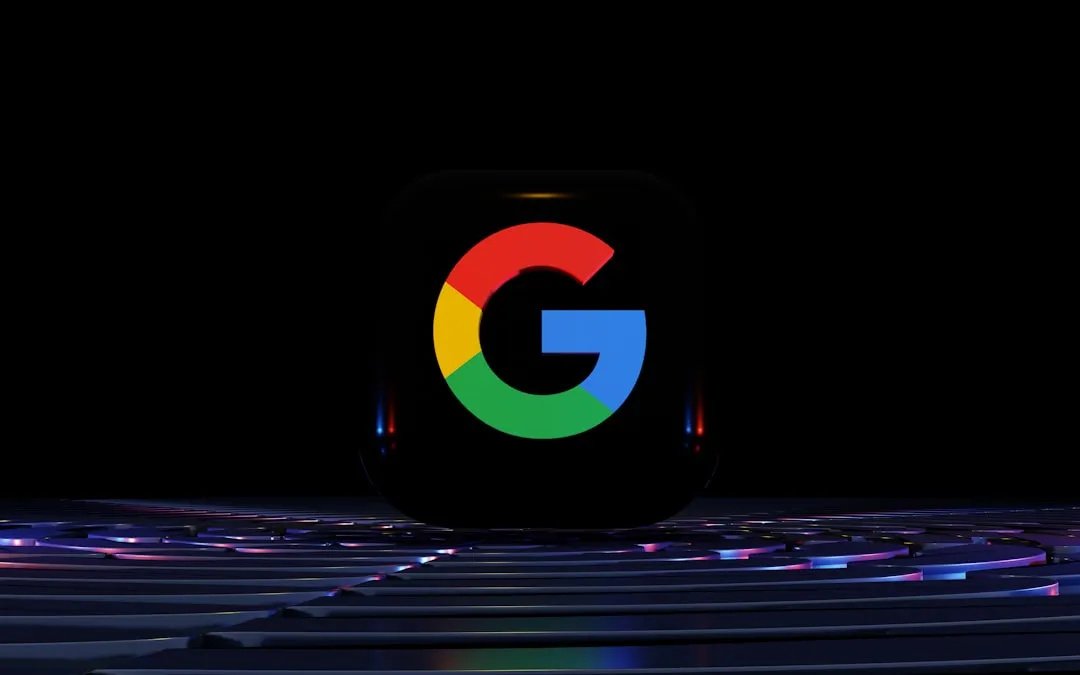
Comments
Be the first, drop a comment!